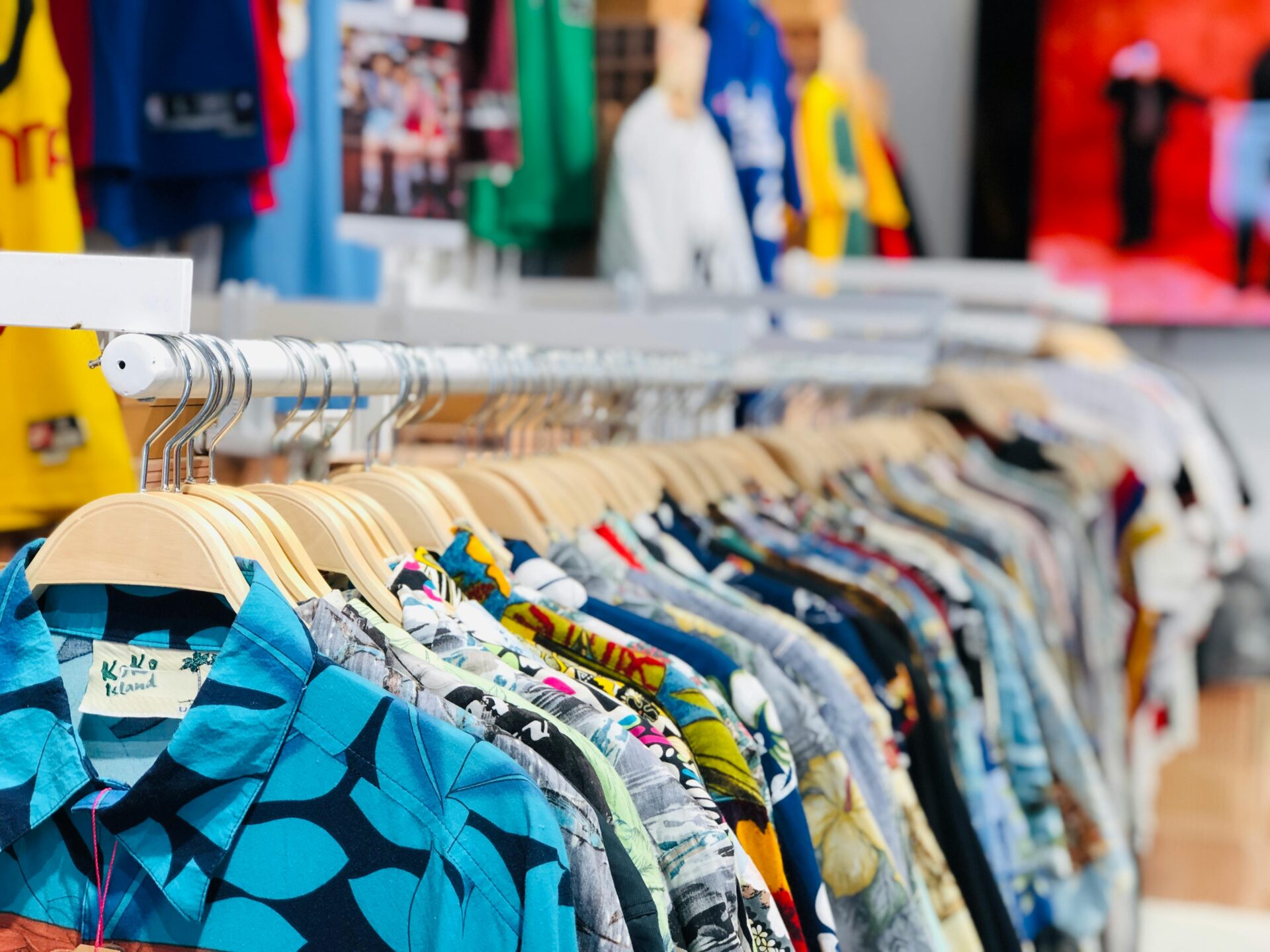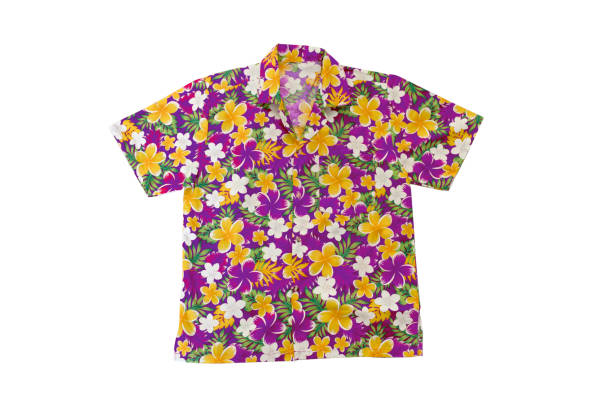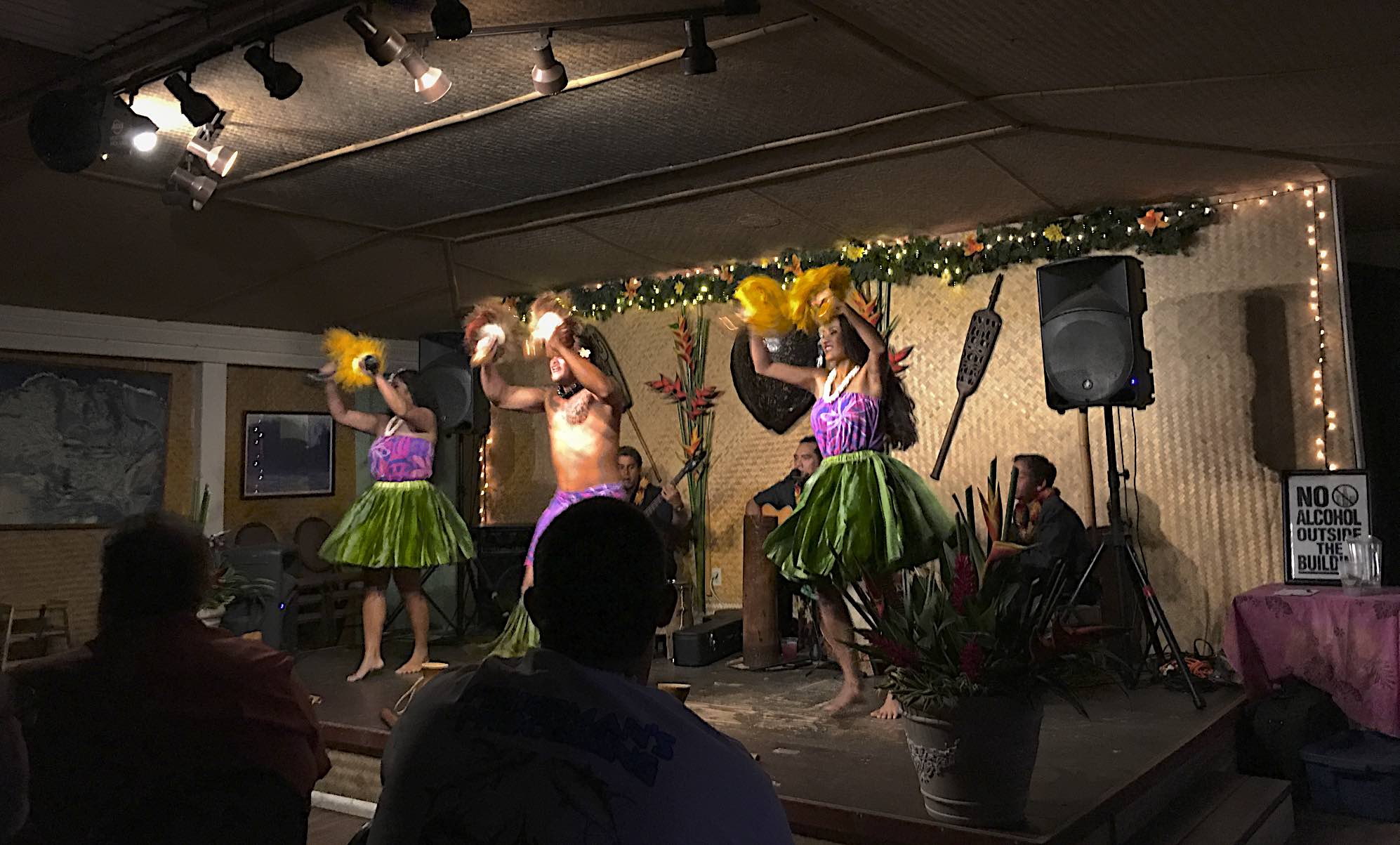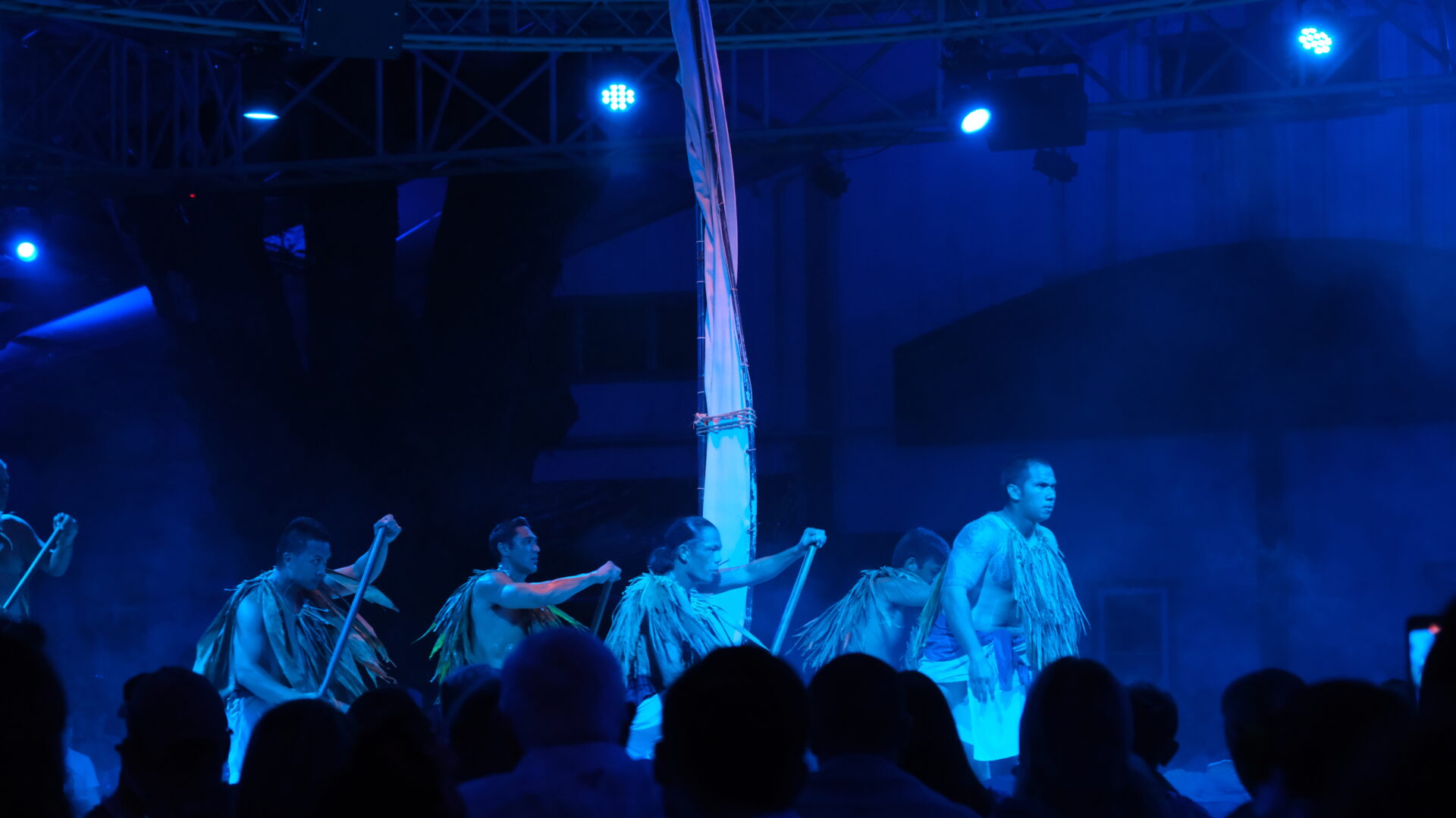Today, we’re taking a fun journey through the colorful history of one of the most iconic garments: the Hawaiian Aloha shirt. Known for its vibrant patterns and relaxed fit, the Hawaiian shirt, or “Aloha shirt,” has a fascinating backstory that blends cultural influences and surf culture. Let’s dive into how this beloved piece of fashion came to be and why it remains a staple in wardrobes around the world.
Early Beginnings: A Tapestry of Cultures
The origins of the Hawaiian shirt can be traced back to the early 20th century, a time when Hawaii was at the height of the plantation and several different cultures were adjusting island life. Japanese immigrants played a significant role in its creation by repurposing kimono fabric for casual men’s shirts. This was combined with the traditional Hawaiian tapa cloth designs, which were made from tree fibers and adorned with red and yellow vegetable dyes .
The 1920s saw the first Hawaiian shirts, which were initially worn by locals and tourists alike. These early versions featured Japanese yukata cloth patterns, such as bamboo and geometric shapes. University of Hawaii student Gordon Young is often credited with popularizing these early designs among his peers
 .
.
The Boom of the 1930s
The Great Depression era was a pivotal time for the Hawaiian Aloha shirt. During this period, Hawaii became a popular tourist destination, and visitors couldn’t resist taking these vibrant shirts back home as souvenirs. This helped propel the Aloha shirt into mainstream American culture .
Wartime and Post-War Popularity
World War II temporarily halted the production of Aloha shirts as manufacturers focused on the war effort. However, the post-war period saw a resurgence in their popularity. Returning servicemen brought the shirts back to the mainland, showcasing their relaxed fit and colorful designs. The shirts became a symbol of leisure and escape from the daily grind, perfectly aligning with the booming Hawaiian tourism industry .

The Golden Era: 1950s and 1960s
The 1950s and 1960s marked the golden era of the Hawaiian shirt. As jet travel made Hawaii more accessible, tourists flocked to the islands and brought Aloha shirts back home in droves. The shirts were mass-produced using new fabrics like rayon, which offered a smooth and comfortable feel. Patterns became more vibrant and varied, featuring everything from tropical flowers to surfboards and Tiki motifs.
Hollywood also played a significant role in popularizing the Hawaiian shirt. Iconic stars like Elvis Presley, who famously wore one in the movie “Blue Hawaii,” and Montgomery Clift in “From Here to Eternity” helped catapult the shirt to international fame. These appearances cemented the Aloha shirt’s place in popular culture as a symbol of cool, laid-back style.
The Cultural Significance
In Hawaii, the Aloha shirt is much more than just a piece of clothing. It’s a symbol of the islands’ rich cultural heritage and the Aloha spirit. The shirt reflects the diverse influences that have shaped Hawaii, from Polynesian to Asian and Western cultures. Today, it’s worn at formal events, family gatherings, and even in the workplace as part of the “Aloha Friday” tradition, where locals wear their favorite Hawaiian shirts to work.
Modern-Day Comeback
Despite its ups and downs in the fashion world, the Hawaiian Aloha shirt has never truly gone out of style. In recent years, it has seen a resurgence, with high-end designers like Gucci incorporating it into their collections. The shirt’s vibrant prints and relaxed fit continue to appeal to people of all ages, making it a timeless piece that can be dressed up or down for any occasion.

Now You Know
The Hawaiian shirt’s journey from the islands to the global stage is a testament to its enduring appeal. Whether you’re lounging on the beach, attending a summer party, or simply embracing the Aloha spirit, the Hawaiian shirt is a versatile and iconic garment that embodies fun, relaxation, and cultural richness. So next time you put on an Aloha shirt, remember you’re wearing a piece of history that has brought joy and color to countless lives.

Lu‘au

Tahiti Nui Lu‘au
Tahiti Nui Lu‘au offers a cozy setting, making you feel like part of a talented family. Instead of hundreds, the dining hall next to Tahiti Nui bar accommodates around 60 guests, creating a tight-knit atmosphere. Enjoy well-crafted mai tais and a show featuring traditional hula and Samoan fire dance.

Lu‘au Kalamaku
Lu‘au Kalamaku at Kilohana is one of the largest lu‘aus in Hawaii and offers a captivating theatrical production of the Polynesian migration to Hawai‘i. Guests can explore the grounds, visit vendor booths, and enjoy a drink while waiting. Seating is assigned with good views from nearly every table. The show features energetic performances, including an exciting fire knife dance.



0 Comments